I'm currently creating a 2d tile game and I'm wondering if the tiles has to move or the character.
I ask this question because I already have created the "2d tile map" but it is running too slow, and I can't fix it. I tried everything now and the result is that I get 30 fps.
The reason that it is running too slow is because every 1ms with a timer, the tiles are being redrawn. But I can't figure out how to fix this problem.
This is how I make the map :
public void makeBoard()
{
for (int i = 0; i < tileArray.GetLength(0); i++)
{
for (int j = 0; j < tileArray.GetLength(1); j++)
{
tileArray[i, j] = new Tile() { xPos = j * 50, yPos = i * 50 };
}
}
}
Here I redraw each 1ms or higher the tiles and sprites :
private void Wereld_Paint_1(object sender, PaintEventArgs e)
{
//label1.Text = k++.ToString();
using (Graphics grap = Graphics.FromImage(bmp))
{
for (int i = 0; i < tileArray.GetLength(0); i++)
{
for (int j = 0; j < tileArray.GetLength(1); j++)
{
grap.DrawImage(tileArray[i, j].tileImage, j * 50, i * 50, 50, 50);
}
}
grap.DrawImage(player.movingObjectImage, player.xPos, player.yPos, 50, 50);
grap.DrawImage(enemyGoblin.movingObjectImage, enemyGoblin.xPos, enemyGoblin.yPos, 50, 50);
groundPictureBox.Image = bmp;
// grap.Dispose();
}
}
This is the Timer with a specific interval :
private void UpdateTimer_Tick(object sender, EventArgs e)
{
if(player.Update()==true) // true keydown event is fired
{
this.Invalidate();
}
label1.Text = lastFrameRate.ToString(); // for fps rate show
CalculateFrameRate(); // for fps rate show
}

